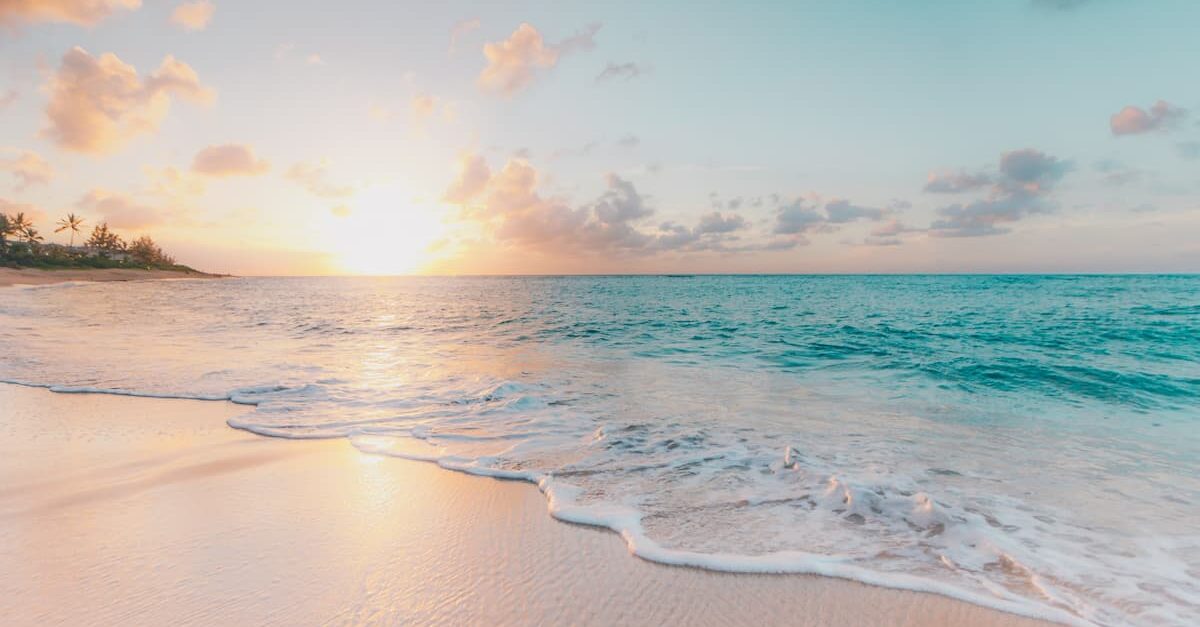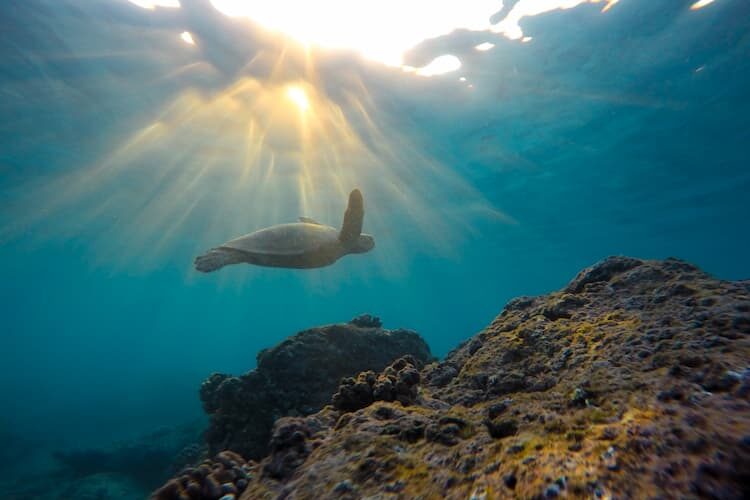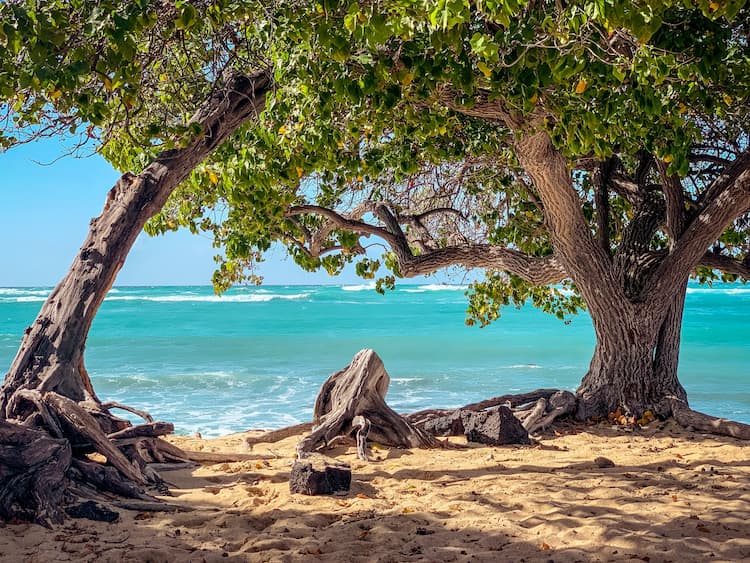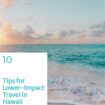
Go World Travel is reader-supported and may earn a commission from purchases made through links in this piece.
Long treks to distant islands and the promise of clear blue waters have only fueled the allure of visiting Hawaii.
It’s no wonder the Aloha State is a top vacation spot for both residents and visitors from all over the world. But there’s so much more to this island paradise than just amazing beaches and a laid-back vibe.
If you’re an adventurous soul who craves authentic experiences and a bit of exploration, then Hawaii is the place for you. To get the most out of your trip, you’ll need to understand a few key tips for low-impact travel in this lush and exotic locale.
Keep reading to learn more about visiting Hawaii, staying low-impact, and having the best time possible.
Keep the Ecosystem in Mind
On the Big Island, you can see the impact of humans on the landscape everywhere. In many places, the rainforests have been cleared and replaced with fields of coffee, macadamia nuts, and other crops. If you’re hiking in the mountains, you’ll see helicopters ferrying people to the top of the volcano.
All of this is normal in a developed country like the U.S., but it’s jarring when visiting a place like Hawaii. When planning your trip to the Aloha State, try to keep in mind how much the ecosystem has been changed by humans and what you can do to help protect it on your vacation.

Here at 10 Ways to Lower Your Impact When Traveling in Hawaii
Stay in a Hotel with Green Practices
When staying in a hotel, look for the ones that use green practices. That might mean the place uses solar energy or recycled water. Or, the hotel may be certified by a third-party organization.
These organizations recognize hotels that demonstrate responsible environmental practices and encourage guests to patronize them.
Best Tips & Tools to Plan Your Trip
Plan Ahead for Food and Bring a Reusable Water Bottle
If you’re eating out in Hawaii, you’ll find that the food is fresh, delicious, and often organic. It may have traveled thousands of miles to arrive at your table, though. Check the menu ahead of time and decide what, if anything, you want to order.
If you’re staying in a hotel with a kitchen, you can also cook more of your own meals. Save the fresh produce you buy in the grocery store and bring it with you as snacks. And, if you’ll be hiking in the rainforest, bring a reusable water bottle.
Visit Cultural Sites and Museums
Hawaii’s cultural sites, such as the Polynesian Cultural Center and the USS Arizona Memorial, are often crowded with tour groups and other visitors. But, they’re also important to the environment of Hawaii.
Cultural sites are often protected from environmental damage, which means they can be visited without excessively harming the ecosystem.

Biking Is a Great Way to Explore Hawaii
Biking is a fun and eco-friendly way to see the islands. Renting a bike means less carbon emissions and a lighter load than bringing a car with you.
Don’t Feed the Wildlife
Hawaii has many birds and animals that are endangered. Feeding them (and their babies) can make them dependent on humans for food and can lead to their extinction. When in doubt, don’t feed them.
Use Reef Safe Sunscreen
The reefs of Hawaii are delicate ecosystems that need to be protected. If you’re going snorkeling or diving in the ocean, you’ll want to use reef-safe sunscreen. This is sunscreen that’s less harmful to the coral reefs and other marine life.
Consider a Local Guided Tour
If you’re worried about harming the environment while on vacation, consider booking a guided tour. These tours often avoid the worst environmental damage and put your money into the hands of locals who are working to make a living.

Pack Wisely and Take a Direct Flight
You don’t want to bring your whole life with you on your trip. The best advice is to pack only what you can wear. Be sure to bring only easy-to-care-for clothes like swimsuits, lightweight hiking clothes, light sandals, and water shoes.
Take a direct flight will cut down on your carbon emissions, and likely be more convenient too.
Be Flexible
Plan your itinerary so that you can alter your plans to incorporate popular local sights and activities that are low-impact. This will help you avoid feeling pressure to do things that aren’t necessarily your top priorities.
When traveling, it’s important to consider the environment around you and how your actions affect it. Hawaii is home to some of the world’s most exquisite landscapes and wildlife.
By following these tips, you can travel here and minimize the harms done to its delicate ecosystem.
Inspire your next adventure with our articles below:
Author Bio: Sandy Page is a life-long adventurer. In her free time, she reads and consumes copious amounts of hot beverages.
- 6 Reasons to Visit Riga, Latvia Any Time of Year - April 18, 2024
- Travel Guide to Austria - April 17, 2024
- Travel Guide to Italy - April 17, 2024

